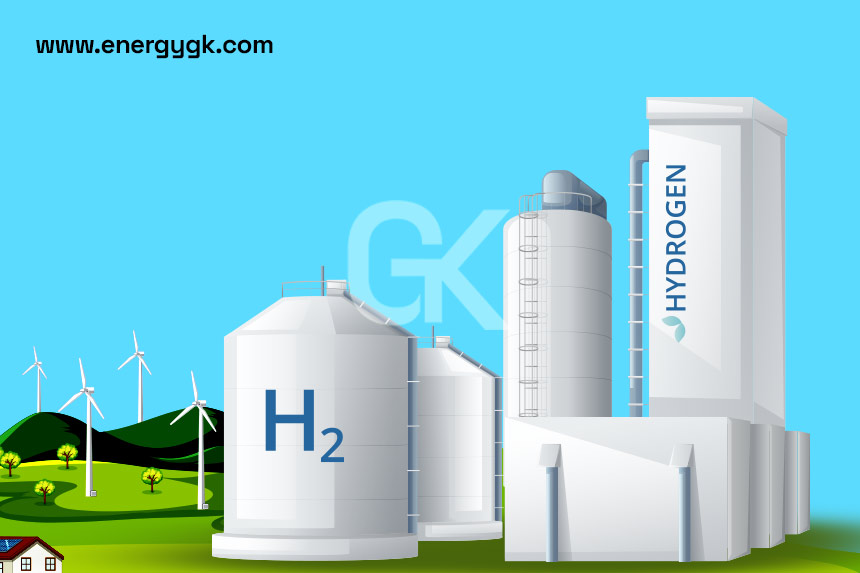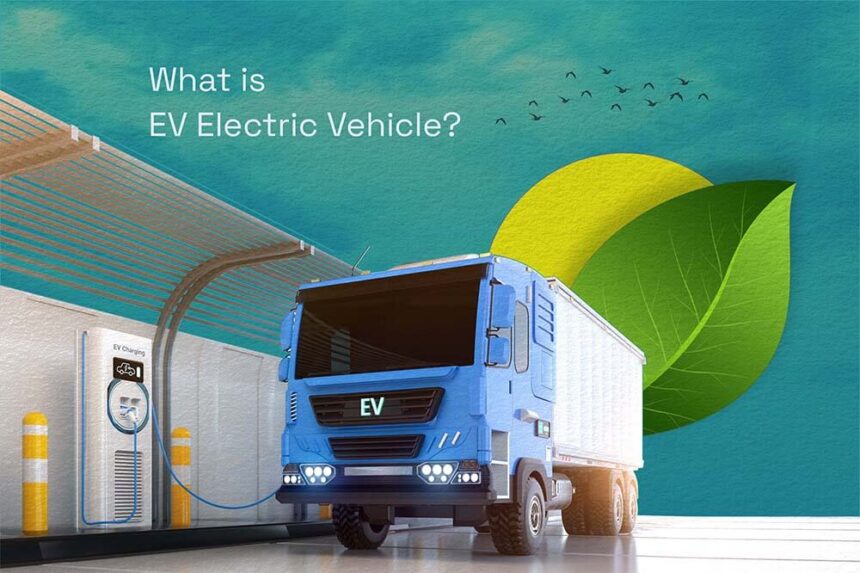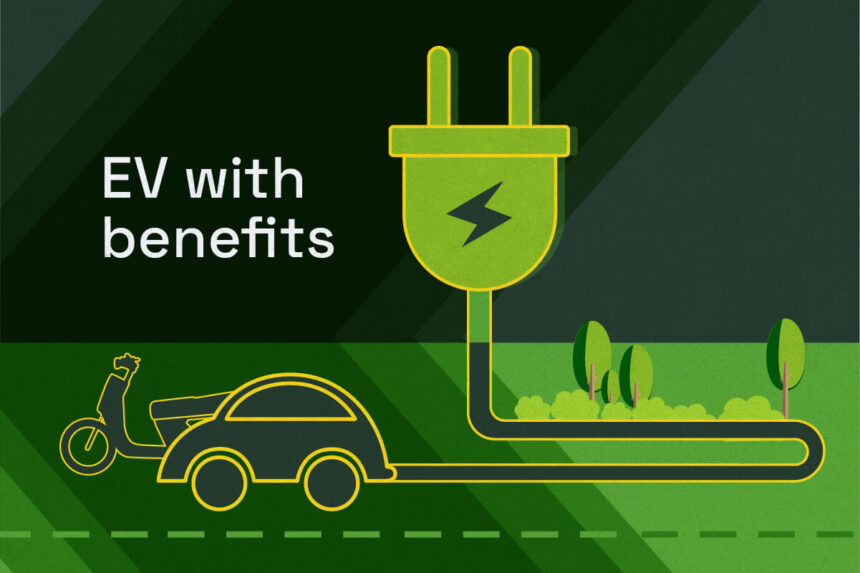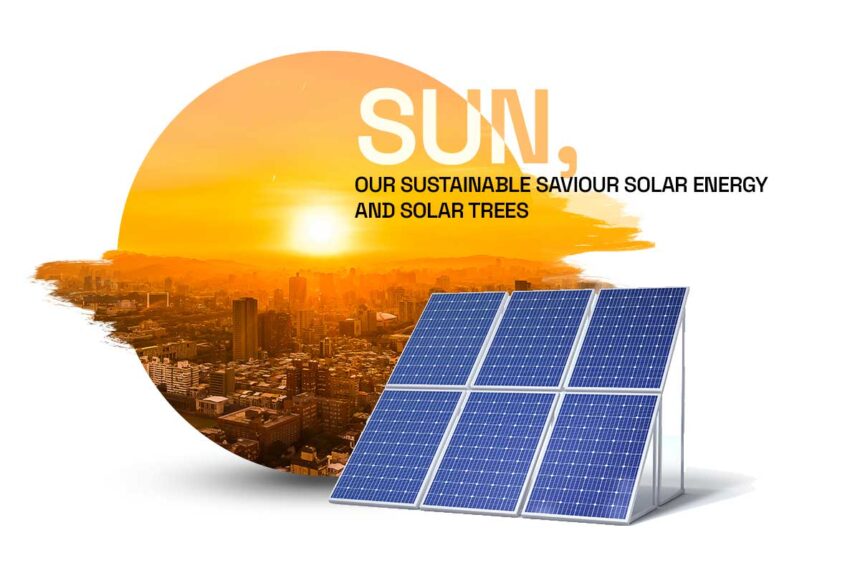Bioenergy is emerging as a viable contender as the world looks for sustainable ways to meet its energy needs. Bioenergy solves waste management issues in addition to offering a renewable energy source by turning waste into electricity. Lets examine bioenergys functions advantages and potential contributions to a sustainable energy future.
The Process of Bioenergy Production.
Bioenergy is derived from biomass or organic materials. This includes food waste plant and animal waste sewage and agricultural residues. Several techniques are used in the process of turning biomass into energy:.
Combustion: The process of directly burning biomass to produce heat and electricity. Under anaerobic conditions microorganisms break down organic matter in the absence of oxygen. The result is biogas primarily methane which can be used as fuel for cars or for heating.
Gasification: Syngas a mixture of carbon monoxide hydrogen and methane is produced when biomass is heated to high temperatures in an oxygen-limited environment. Syngas can be used as a chemical feedstock or to produce energy.
Pyrolysis: The breakdown of biomass at high temperatures without oxygen results in the production of biochar syngas and bio-oil. It is possible to convert bio-oil into biofuels and enhance soil quality with the use of biochar. advantages of bioenergy. Bioenergy is a valuable part of a sustainable energy strategy because it has many advantages.
Sustainable and Renewable: Bioenergy comes from organic materials that can be renewed as long as agriculture and waste production are taking place.
Waste Reduction: Bioenergy helps manage and reduce the volume of waste in landfills thereby mitigating associated environmental hazards. Bioenergy does this by turning waste into energy.
Reduction of Greenhouse Gases: Compared to the use of fossil fuels the production of bioenergy can drastically lower greenhouse gas emissions. A balanced carbon cycle is produced when the carbon dioxide captured during biomass growth balances the carbon dioxide released during biomass combustion.
Energy Security: Bioenergy improves energy security by diversifying the energy mix and lowering reliance on fossil fuels.
Possibilities for Employment: The bioenergy industry supports regional economies and promotes rural development by generating jobs in the areas of biomass collection processing and energy production. part in the future of sustainable energy. The shift to sustainable energy sources in the future depends heavily on bioenergy. It supports a more resilient and environmentally friendly energy system in the following ways:.
Integration with Other Renewables: By offering a dispatchable and consistent power source bioenergy can be used in conjunction with other renewable energy sources such as wind and solar power. Bioenergy can produce electricity continuously as opposed to solar and wind energys sporadic nature guaranteeing a steady supply of energy.
Decentralized Energy Production: Bioenergy systems can be put into practice at different sizes ranging from big industrial facilities to tiny community initiatives. The ability to produce energy in a decentralized manner lowers transmission losses and improves access to energy in isolated locations.
Climate Change Mitigation: Bioenergy contributes to the mitigation of climate change by controlling waste and cutting greenhouse gas emissions. By replacing fossil fuels with bioenergy carbon emissions can be significantly reduced helping to meet global climate goals.
Innovation and Development: The development of bioenergy technologies is propelling innovation in energy production and waste management. The goals of research and development are to increase the variety of biomass feedstocks available lower costs and improve efficiency.
Conclusion
With its many advantages for the environment economy and society bioenergy is a potent way to turn waste into electricity. Bioenergy can help meet the worlds growing energy needs while addressing important waste management and climate change challenges as part of a diversified and sustainable energy strategy. Adopting bioenergy is a step toward a future in energy that is greener cleaner and more resilient.






